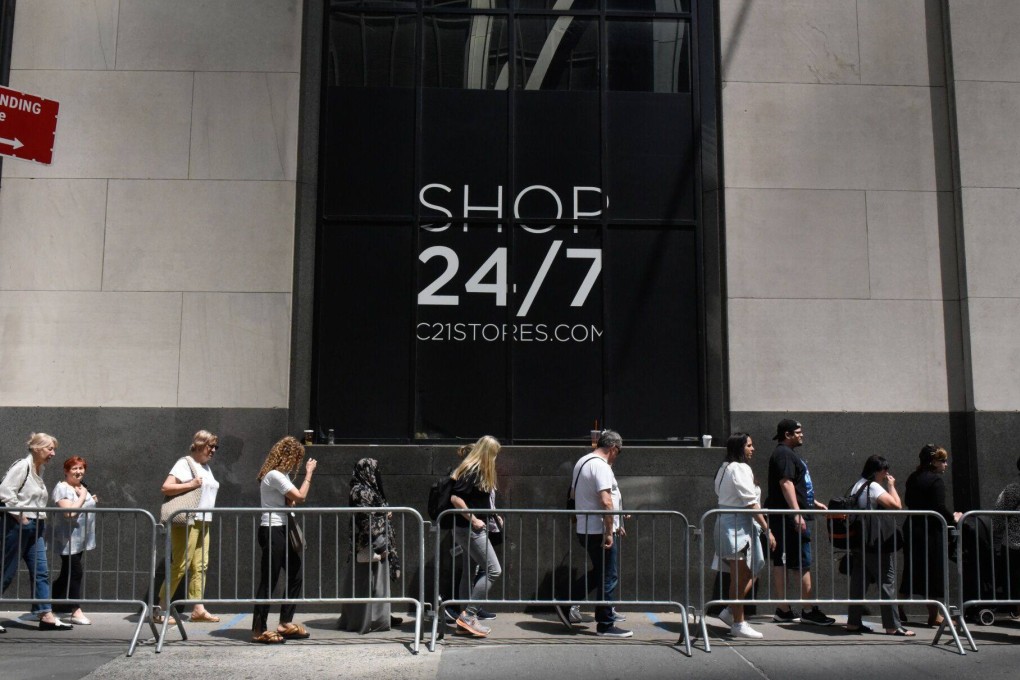Macroscope | US economy: a slowdown in consumption may not be the only recession factor to watch
- The all-powerful American consumer will be tested in an uncertain economy – but the capital expenditure of companies may end up being the determining factor

But with financial conditions tighter and savings stockpiles being eroded, are US consumers finally starting to bend, and will they be pushed to breaking point?
Americans’ propensity to consume is not new and, on aggregate, the US buys more than it actually consumes, with more money than it actually has. In the past, this spending power has helped lift the US economy.
This was true in the March quarter, where consumption was the stand-out feature of a rather lacklustre GDP report. Consumer spending rose by 3.7 per cent year on year compared to 1.1 per cent for the overall economy. That momentum continued into the second quarter as retail sales in April rose by 0.4 per cent month on month, with some of the spending in core categories showing a stronger pickup.
But even the most hardy US shopper may not be able to shrug off what lies ahead. The University of Michigan’s consumer sentiment index highlighted the stress being applied to consumers. Its preliminary May reading fell by 9 per cent compared to the month prior and is 14 per cent lower than its high for the year in February.


